Art Questions
- Compare and contrast how these two artists have used the formal aspects of painting to explore the idea of work.
Marées, Hans von 1837-1887
w1665 x h1360 mm
Alte Nationalgalerie, Staatliche Museen zu Berlin
- How has the artist represented Lucrezia Borgia in this painting? (Note: Lucrezia Borgia (18 April 1480 – 24 June 1519) was the illegitimate daughter of Rodrigo Borgia, the powerful Renaissance Valencian who later became Pope Alexander VI.)
Lucretia Borgia Reigns in the Vatican in the Absence of Pope Alexander VI (1910)
Oil on canvas
w15370 x h2210 mm
Tate Britain
- What personal qualities of the artist are suggested by this self-portrait? Explain with particular reference to colour and composition.
Raymond McIntyre
w408 x h515 mm
oil on panel
4. How have these artists used line to create tension in their works?
František Kupka
The Cathedral (1912 - 1913)
w1500 x h1800 mm
Museum Kampa
Sol LeWitt
Pyramid (2005)
w1219 x h1219 x d1219 mm
Art Gallery of New South Wales
- Discuss how the artists of this work have represented ideas about community and revolution.
Ayala Museum Staff (Historians, Researchers, Artists) and Artisans from Paete, Laguna
Diorama 34: The Revolution Against Spain Begins, Manila, 1896 (1974 - 2011)
Mixed media installation (Diorama)
- Critically evaluate how the artists’ choice of materials has influenced the meaning of the work.
Tony Cragg
Spyrogyra (1992)
glass and steel
w2100 x h2200 mm
Art Gallery of New South Wales
Imperial Cover or Hanging (1850)
silk and metal thread embroidery on silk
w3352 x h2743 mm
- What does this artworks say about Australia’s cultural identity at the time it was created?
Sidney NOLAN
Glenrowan-Ned Kelly Series (1946)
enamel on composition board
w1212 x h909 mm
8a. You are curating a new exhibition about the role and value of the audience in contributing to the meaning of artworks. Justify why the following two works should be included in the exhibition.
8b. How do these works challenge mainstream values about what art is?
Dieter Roth
Solo Scenes (1997 - 1998)
Monitors with digitized videos (color, duration variable), and shelving units
MoMA, The Museum of Modern Art
Barbara Kruger
Untitled (You Invest in the Divinity of the Masterpiece) (1982)
w1158 x h1822 mm
MoMA, The Museum of Modern Art
- Discuss how the following installations use space to increase audience involvement. Why is this important?
Mastaba Tomb of Perneb (ca. 2381–2323 B.C.)
Limestone, paint
h4822 mm
The Metropolitan Museum of Art
Ugo Rondinone
what do you want?
2002
wood, mirror, plaster, speakers, sound
w6500 x h4290 x d50 mm
The Art Gallery of New South Wales
- How do these three works by Edvard Munch deal with the psychological experience of the modern person? How has his expression of these issues changed? What remains the same? Refer to your personal experience to these artworks in your response.
Edvard Munch
Evening. Melancholy I (1896)
Woodcut
w557 x h411 mm
The Munch Museum, Oslo
Edvard Munch
Workers on their Way Home (1913 - 1914)
Painting
w2010 x h2270 mm
Edvard Munch
Ashes 1925
Painting
w2000 x h1400 mm
 -
-








 Video
Video Blog
Blog Books + Planners
Books + Planners  Exam Questions
Exam Questions FAQ
FAQ